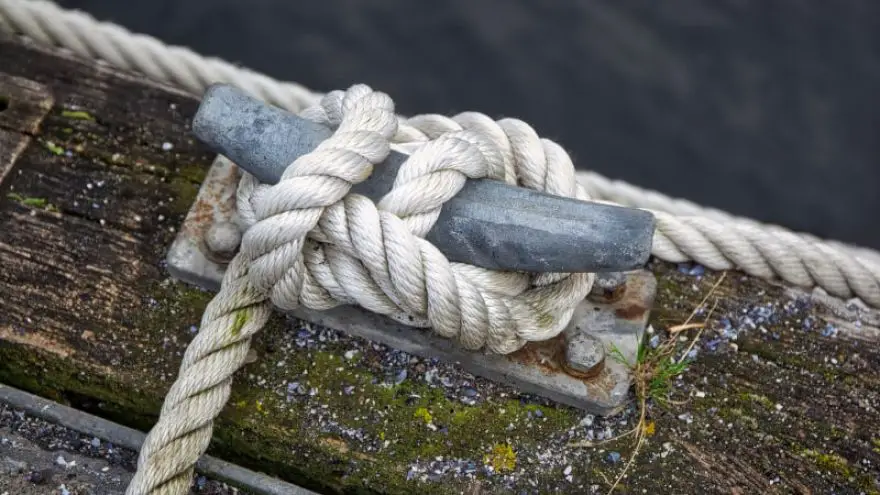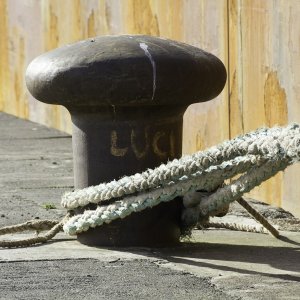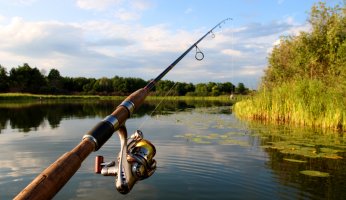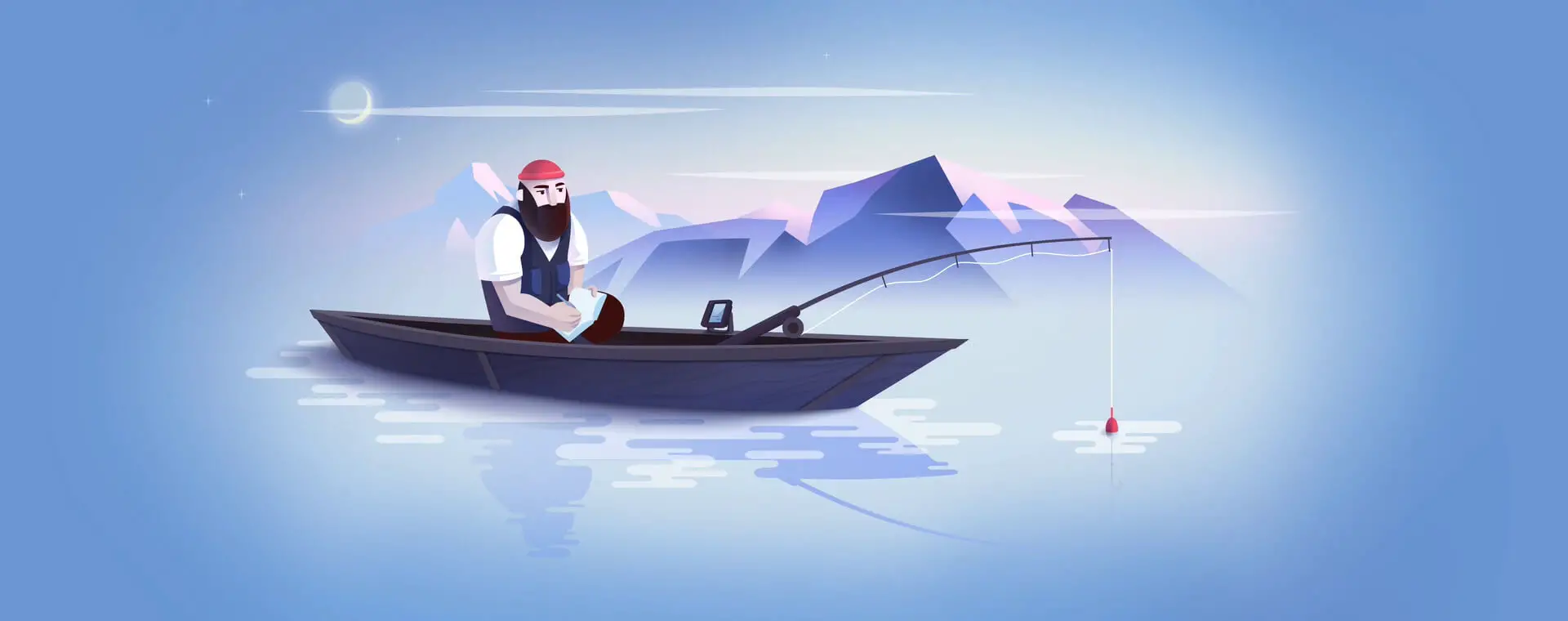The Knots That Every Boater Should Know
 The Knots That Every Boater Should Know
gearweare.net
The Knots That Every Boater Should Know
gearweare.net
Ropes are an important tool used on every boat. On motorboats and boats that are moved with paddles, they are used to secure a boat to a mooring or dock when it is not in use. On sailboats, ropes are even more important, since they are what holds the sails up and secure the mast in place. To keep these ropes secure and make sure that they do their jobs properly, there are a number of crucial knots that every boater (whether you sail, kayak, or pontoon) should know.
To start, let’s go over some terminology. For one, when ropes go on a boat they stop being rope and become a line. In this article, the word line will be used in place of rope. It is also important to note the different types of knots that we will be talking about. Although “knot” has become an all-encompassing term when referring to means of securing something with a line, a knot actually has the more specific definition of being a stand-alone means of securing a rope to itself. Knots serve the purpose of creating loops and stopping the line from running through a certain point and are able to retain their integrity without being tied to something else. This is in contrast to a bend, which is a means of securing two lines together, or a hitch, which is a knot that is tied around another object. If that second object is removed a hitch will lose its shape and fall apart.
Two other terms that are important to understanding knot tying on boats are the working end and the standing end. The working end refers to the end of the line when it is free, and therefore able to be used to tie a knot, while the standing end also refers to the end of the line but after it has been secured with a knot.
Now that you understand the basics of boating knot terminology you are ready to learn about the knots that every boater should know. In this article, the knots will be presented along with a short explanation of how each should be used. Before heading out on a boat though you should practice these knots at home, being sure that you know how to tie each one. You also want to closely inspect each knot so that you are confident in your ability to recognize when they are tied properly or improperly. For tutorials on how to actually tie these knots visit Animated Knots by Grog.
 Bowline
Bowline
This is the most important knot in boating, which can be used in many different ways. The bowline creates a loop that can be used to secure a boat to a mooring post. Bowlines can also be used to secure two lines together or for hauling. The versatility of this knot comes from the fact that it doesn’t slip, and can, therefore, be trusted to take heavy loads. It also remains easy to undo even after holding a heavy load or when wet – simply flip the knot to its underside and break it by folding it downwards.
When securing two lines using a bowline there are multiple options for how it can be done. One way is to connect two loops made with separate bowlines. It is also possible to tie interlocking bowlines.
 Cleat Hitch
Cleat Hitch
There is only one way to use this knot, however, it is incredibly important. A cleat hitch is a singularly proper way to attach a line to a cleat. It is easy to tie, however, is something that many people get wrong. Getting this knot right is important though since cleats are a common way that boats are tied to docks. A properly tied cleat hitch will be both virtually impossible to come undone on its own and will be easy to untie when you are ready to cast off.
The key component to tying a cleat hitch is to make sure that the tail of the line runs under the knot, creating friction. It is also better to tie this knot with the boat end of the line on the far side of the cleat.
Sheet Bend
When you need to connect to lines together in a way that is sturdy and able to take heavy loads, this is the knot to use. It is especially good for connecting lines of differing diameters. Making this knot involves creating a bite (a U-turn in a line), which should always be done with the thicker line. This knot doesn’t slip, can take heavy loads, and remains easy to untie.
 Clove Hitch
Clove Hitch
The utility of this knot comes from how easy it is to tie. In fact, those who are well versed at tying a clove hitch can learn to do it with only one hand. It is, therefore, a fast way to secure a line to a mooring or just about anything else.
The big issue with a clove hitch is that is slips when there is slack in the line. For this reason, it should not be trusted to secure a heavy load or to connect your boat to a mooring or dock for an extended period of time.
 Double Half Hitch
Double Half Hitch
This knot is a great way to back up a clove hitch and other knots. Although it will make a clove hitch more secure, it can still slip when used with that knot. For this reason, another knot should be used for overnight mooring.
Rolling Hitch
This knot is used to relieve tension on another line. It is integral in case a line gets stuck and is, therefore, a knot that every boater should know.
Stopper Knot
This knot should be tied at the working end of a line to ensure that is doesn’t run through anything it shouldn’t. Putting a stopper at the end of the jib and mainsail sheets is especially important. The figure 8 knot can also be used in place of a stopper knot, however, the stopper is more secure.













